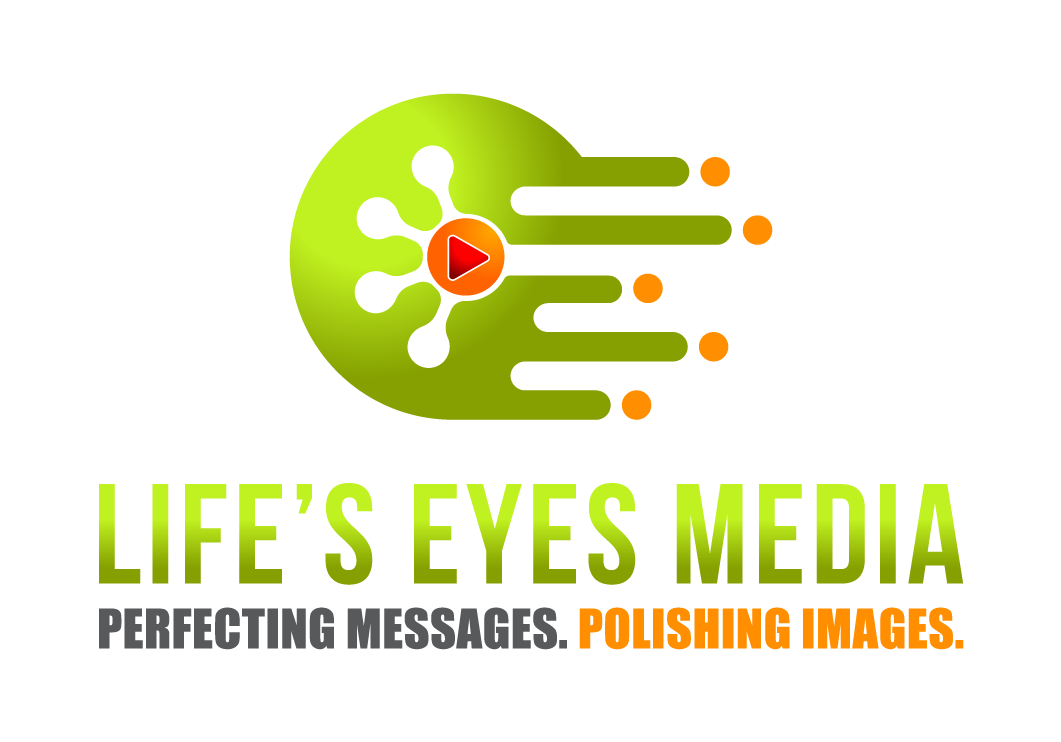
These days in the video world, we unfortunately communicate in acronyms destined to confuse us
all. As if it's not challenging enough to figure out which TV you should buy for the family room, it's doubly daunting to know which video format will maximize the impact of your organization's messaging.
This is one area where professional advice really matters–in dollars and cents. Do you really need 4K for your next video project? What specific value does it deliver? Would a "lesser" video format achieve the same goals at less cost?
While every video project is different, the disruption inherent in the exponential advancement of video technology remains constant. Here then, a quick glimpse inside the 4K Universe today, and some things to consider as your organization navigates it:
1. What is 4K? It's a measure of the resolution or clarity of a video image. There was standard
definition (SD). Then, there was high definition (HD). Now there's 4K. This revolutionary format quadruples the number of pixels compared to an HD image. Think of a pixel as the tiniest building block of an image. More pixels equals higher image quality.
2. There are two sides of the 4K coin: capture and content. Capture concerns the movie studios, video production companies, and advertising agencies that have a need to shoot in 4K format. Because 4K captures so many more pixels, it requires hardware (cameras, editing systems) significantly enhanced (more expensive) compared to HD. Before your organization pays the price of shooting in 4K, know if it's really necessary based on who will see your video and on which platform(s). On the content side, 4K has a long way to go. While cinemas show movies in 4K, Amazon and Netflix stream some programs in 4K, and YouTube has a 4K channel–the avenues where you can place or watch 4K content remain limited.
3. But not forever. The 4K movement continues to expand. Eventually, the transition from HD
to 4K for both shooting and consuming content will be complete–just as we all made the switch from SD to HD. Until then, in this "in-between time," your organization can choose which format truly fits…and doesn't unnecessarily inflate…the bill.
